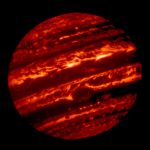
Earth-based observations prepare Juno for the Great Red Spot Encounter
In just a few days time, on July 11th 2017, NASA’s Juno spacecraft will perform the closest-ever views of the swirling maelstrom known as Jupiter’s Great Red Spot. It was always hoped that the pre-planned polar orbit and close perijove passes would take the spacecraft over the storm, but the slow and somewhat unpredictable westward […]
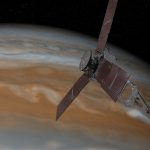
A change of plan for Juno’s orbit
When Juno successfully entered orbit around Jupiter on 4th July 2016, it was placed an orbit that took 53.5 Earth days to complete. During the 3rd orbit, which was scheduled to begin on 19th October 2016, a burn of the main engine was intended to move Juno into a 14 day science orbit. This new orbit […]
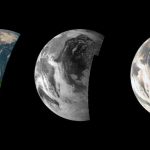
The spacecraft that came before Juno
The Juno spacecraft is not the first to visit Jupiter – this honour goes to the Pioneer 10 spacecraft back in December of 1973. The planet has been visited by a total of eight spacecraft prior to the arrival of Juno in July of 2016. Out of these eight, only the Galileo spacecraft entered orbit, […]
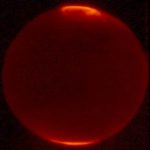
What’s happening in Jupiter’s upper atmosphere down at the equator?
The northern and southern lights of Jupiter are a vibrant and dynamic phenomena, generated by a complex array of mechanisms that create the most powerful aurora in the solar system. There are many aspects of the Jovian aurora which remain to be discovered – something Juno will reveal during it’s time at Jupiter – but […]
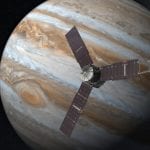
Juno’s second perijove – may the science commence!
The Juno spacecraft is today 3 million km from Jupiter, and it has spent its time in the first of two capture orbits about the planet. These orbits take 53 days to complete and are followed by the main science phase with orbits about 14 days long. The capture orbit itself is designed to keep […]

Leicester Atmospheric Science and Juno
In addition to the suite of remote sensing instruments carried aboard the Junospacecraft, the mission coincides with an unprecedented international campaign to scrutinise Jupiter’s dynamic, evolving atmosphere from Earth-based facilities. Juno carries a microwave radiometer capable of sounding below Jupiter’s top-most cloud decks to hundreds of bars of pressure to understand the deep processes underpinning […]
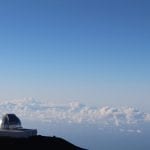
Observing Jupiter’s aurora from the top of a Volcano
As part of the ground based support for the Juno mission, I visited the Mauna Kea Observatories, Hawaii, in February through to the beginning of March this year. I was observing Jupiter’s Northern lights while Juno was speeding its way towards Jupiter. During this time, Juno’s instruments had been switch on and it was busy […]
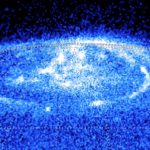
Observing Jupiter’s auroras with Hubble
Unfortunately, they don’t let you take observing trips to the Hubble Space Telescope; perhaps the only downside to using the veteran observatory. It is a strange feeling, knowing that this world-renowned and famously oversubscribed facility, perhaps best known for its remarkable images of nebulae and galaxies, is, for a fleeting moment in history, doing […]

Hubble captures vivid auroras in Jupiter’s atmosphere
Astronomers are using the NASA/ESA Hubble Space Telescope to study auroras — stunning light shows in a planet’s atmosphere — on the poles of the largest planet in the Solar System, Jupiter. This observation programme is supported by measurements made by NASA’s Juno spacecraft, currently on its way to Jupiter. Jupiter, the largest planet in […]

Jupiter’s aurora: the most powerful Northern lights display in the solar system!
During Juno’s time at Jupiter, we will have the fantastic opportunity to study the most powerful aurora in the solar system. An aurora is light emitted by atoms and molecules that have been excited through collisions with very energetic particles that enter a planet’s atmosphere along the planet’s magnetic field lines. The generation of Jupiter’s […]

Recent Comments